

 |
Research
|
 |
|
|
|
|
We are interested in the large
scale relationships of flowering plants. In particular, we study
the plant families Ericaceae
and Polygonaceae. In these pages you will see some of our research in
Ericaceae – a group of woody plants that have a cosmopolitan distribution. |
|
|
|
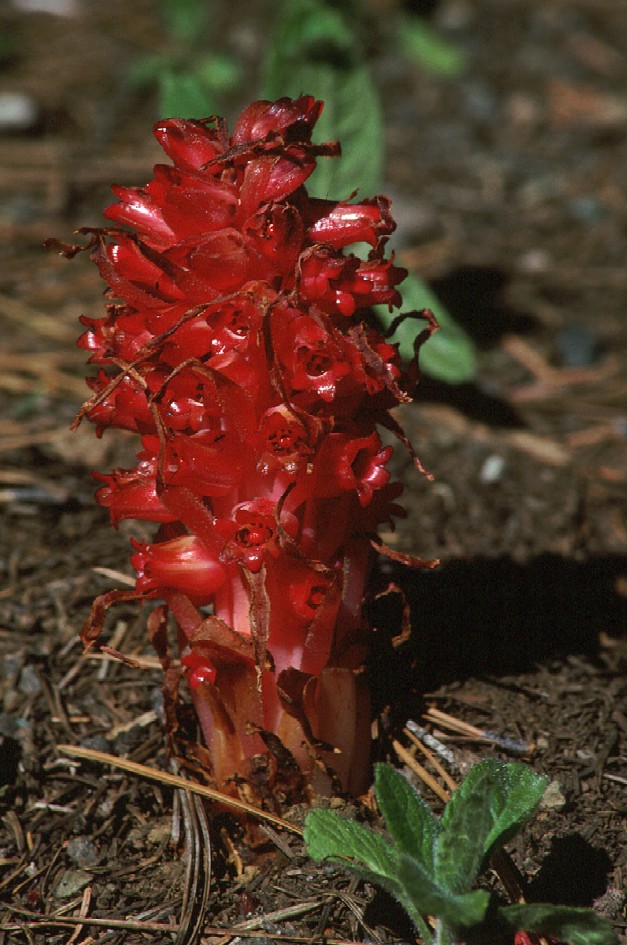 |
Ericaceae
include many different growth forms and floral morphologies. There
are even some members that have lost chlorophyll
and depend entirely on a fungal relationship between another species
of green plant for food. Historically, several other families have been
segregated from Ericaceae. These include the Monotropaceae, Pyrolaceae,
Empetraceae, Styphelioideae(Epacridaceae), and Vacciniaceae. In addition,
the subfamily classification has been in a fluid state with different
subfamilies recognized
simultaneously by different workers.
Because of this, our main interests have included the establishment of a robust phylogeny for Ericaceae. This includes collaboration with systematists from Australia, Sweden, and the USA. We carefully designed a project that would provide a means for consistency in data and in analysis. For morphological data all collaborators worked from a common data sheet and no character states were determined until all data was collected. These constraints were determined at the First International Ericaceae Conference at the University of Florida, Gainesville, FL. Rather than using common taxonomic terminology, we observed (from living or herbarium specimens) the morphology directly and then recorded measurements, drew or outlined parts of the plant, and left these data for future interpretation. These data sheets are available for general use. |
|
 |
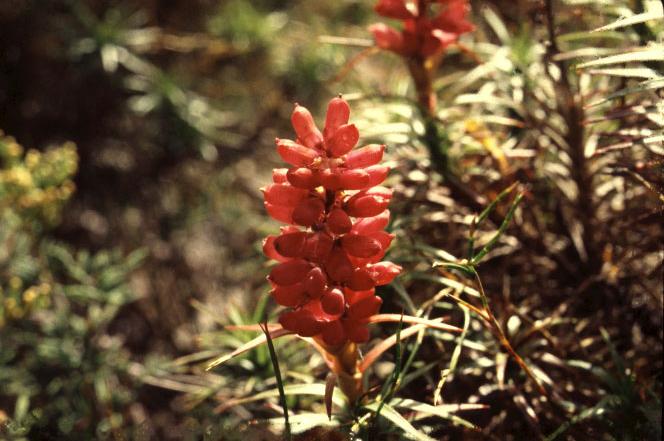 |
|
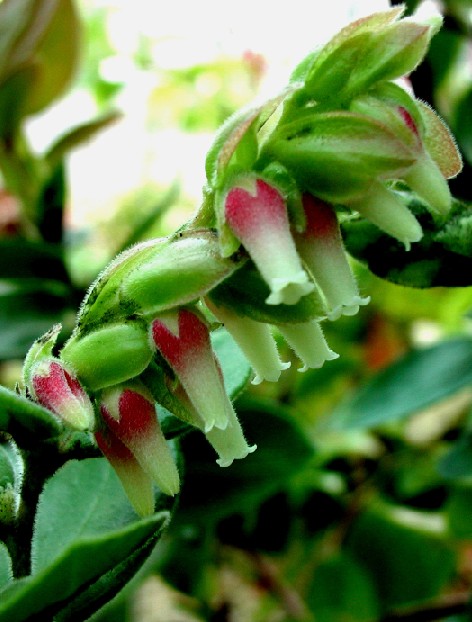 |
|
|
We divided up the data based on geography and taxonomic interest. Quinn, Gadek, and Crayn provided both morphological and sequence data for representative members of Styphelioideae. Anderberg provided morphological data for Enkianthus, Empetreae, Cassiope and Harrimanella and molecular data for Enkianthus and Empetreae. Stevens provided morphological data for the non-green and green herbaceous members of the group. Judd and Kron provided morphological data for the remaining Ericaceae. Kron provided the remaining molecular data for Ericaceae. Collaborators met (except Anderberg and Stevens) for the Second International Ericaceae Conference in Sydney, Australia in 1996 (Funded by the National Science Foundation International Programs and the Australian Government). At that time we used analyses of molecular data and available morphological data to construct a robust phylogenetic tree for Ericaceae. At this time we also determined the 8 subfamilies, and the tribes to be recognized in a planned new classification of Ericaceae. |
|
|
|
||
 |
Other
projects: My lab is also interested in the relationships within many
of the major clades of Ericaceae. Recently
we have investigated phylogenetic relationships within Vaccinieae, Rhodoreae,
and Gaultherieae. Other smaller studies have addressed the evolution
of the genus Bejaria, Elliottia, and Satyria.
One of our newest studies is the phylogeny and biogeography of the genus Erica. This group is remarkable in many respects, not only because of its immensely concentrated diversity in the southwest Cape Region of South Africa, but also because of its unique (in Ericaceae) north-south geographic distribution and the variety of pollination modes it has evolved. |
 |
Future work will include a more detailed study of the
wintergreen group (Gaultherieae) and continued studies in the genus Rhododendron
and in various clades within the blueberry group, such as the Andean clade
and members of the genus Dimorphanthera.
Some of our most recent biogeographical findings is that much of the
diversification of Ericaceae may have occurred in what is now North America.
This hypothesis is the result of divergence-vicariance analysis and is
also supported by simple mapping of areas on the species cladogram. These
results were presented at a conference on biodiversity in Copenhagen
in May of 2004. |
Dr.Kathleen A. Kron's research facilities |
||
Greenhouse |
Lab / Office |
Classroom /
Herbarium |
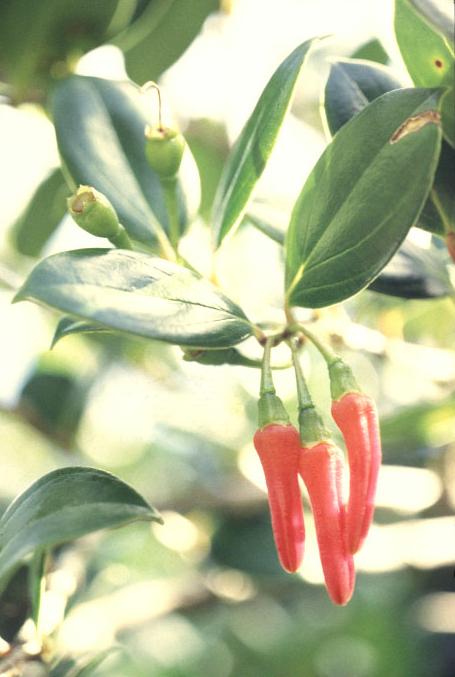 |
The use of molecular
data to estimate the phylogeny of Ericaceae is a major focus of the Kron
lab. In addition, we are interested in the evolution of morphological
features in this diverse and widespread group. This website is designed
to the users who want to know more about Ericaceae and the newest developments
in its classification and phylogeny. |
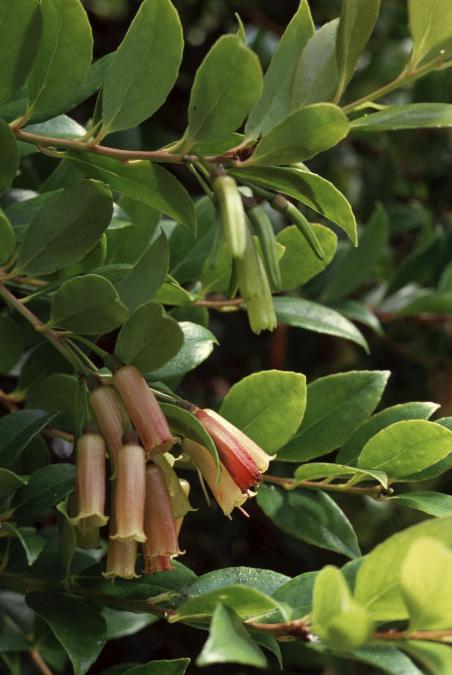 |
Click on any of the names
below |
|
|
|
back to
homepage
|